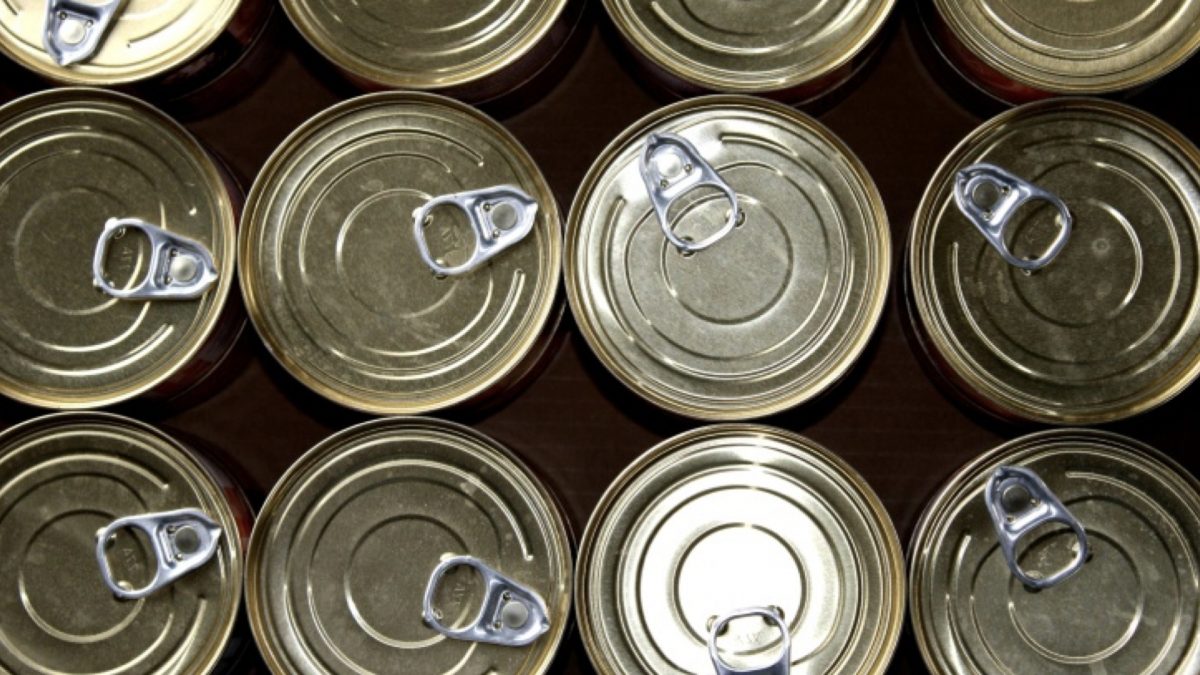
Image Credit: Pixnio. This image has been modified.
The purported link between obesity and hormone-disrupting plastics chemicals like bisphenol A (BPA) was initially based in part on observations that the rise in chemical exposure seemed to coincide with the rise of the obesity epidemic, but that may only be a coincidence. Many other changes over the last half-century, like an increase in fast-food consumption and watching TV, would seem to be simpler explanations. But why are our pets getting fatter, too? Fido isn’t drinking more fries or drinking more soda. Of course, the more we watch Seinfeld reruns, the less we may walk the dog, but what about our cats? They’re also getting fatter. Are we giving both them and our kids a few too many treats? That would seem to be an easier explanation than some pervasive obesity-causing chemical in the environment building up in the pet and person food chains.
How then do we explain the results of a study of more than 20,000 animals from 24 populations, showing they are all getting fatter? The odds that this could happen just by chance is about 1 in 10 million. The study’s “findings reveal that large and sustained population increases in body weight” are occurring across the board, even in those without access to vending machines or getting less physical education in schools. Perhaps some environmental pollutant is involved. I discuss this in my video How to Avoid the Obesity-Related Plastic Chemical BPA.
We’re exposed to a whole cocktail of new chemicals besides BPA, but the reason researchers have zeroed in on it is because of experiments showing that BPA can accelerate the production of new fat cells, at least in a petri dish. This was at more than a thousand times the concentration found in most people’s bloodstream, though. We didn’t know if the same thing happened at typical levels…until now. Most people have between 1 and 20 nanomoles of BPA in their blood, but even 1 nanomole may significantly boost human fat cell production. So, even low levels may be a problem, but that’s in a petri dish. What about in people?
Why not just measure the body weights of a population exposed to the chemical compared to a population not exposed to the chemical? There is virtually no unexposed population: BPA is everywhere. In that case, how about those with higher levels compared to those with lower levels? This is what researchers at New York University did, and the amount of BPA flowing through the bodies of children and adolescents “was significantly associated with obesity.” However, since it was a cross-sectional study, a snapshot in time, we don’t know which came first. Maybe instead of the high BPA levels leading to obesity, the obesity led to high BPA levels, since the chemical is stored in fat. Or, perhaps BPA is a marker for the same kinds of processed foods that can make you fat. What we need are prospective studies that measure exposure and then follow people over time. We never had anything like that…until now! And indeed, researchers found that higher levels of BPA and some other plastics chemicals were significantly associated with faster weight gain over the subsequent decade. So, how can we stay away from the stuff?
Though we inhale some from dust and get some through our skin touching BPA-laden receipts, 90 percent of exposure is from our diet. How can we tell? When we have people fast and drink water only out of glass bottles for a few days, their BPA levels drop as much as tenfold.
Fasting isn’t very sustainable, though.
What happens with a three-day fresh foods intervention, where families switch away from canned and packaged foods for a few days? A significant drop in BPA exposure. If we do the experiment the other way, adding a serving of canned soup to people’s daily diet, we see a thousand percent rise in BPA levels in their urine compared to a serving of soup prepared with fresh ingredients. That study used a ready-to-serve canned soup, which, in the largest survey of North American canned foods, was found to have about 85 percent less BPA than condensed soups, but the worst was canned tuna.
I previously touched upon bisphenol A in BPA Plastic and Male Sexual Dysfunction. Some companies make canned foods without BPA, for example, Eden Foods. (See Do Eden Beans Have Too Much Iodine? for more information.) You can also buy aseptic packaged beans or boil your own. Personally, I like pressure-cooking them.
For more on BPA, see:
- BPA on Receipts: Getting Under Our Skin
- Are the BPA-Free Alternatives Safe?
- Why BPA Hasn’t Been Banned
Phthalates are another concerning a class of plastics chemicals. I covered those in Avoiding Adult Exposure to Phthalates and What Diet Best Lowers Phthalate Exposure?.
In health,
Michael Greger, M.
Michael Greger, M.
Don't forget to opt-in to Our Healthy Living Society and get 3 free gifts while receiving the latest information on health, well-being and groundbreaking news about natural nutrition.

No comments:
Post a Comment